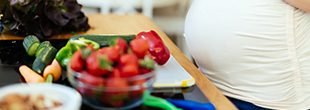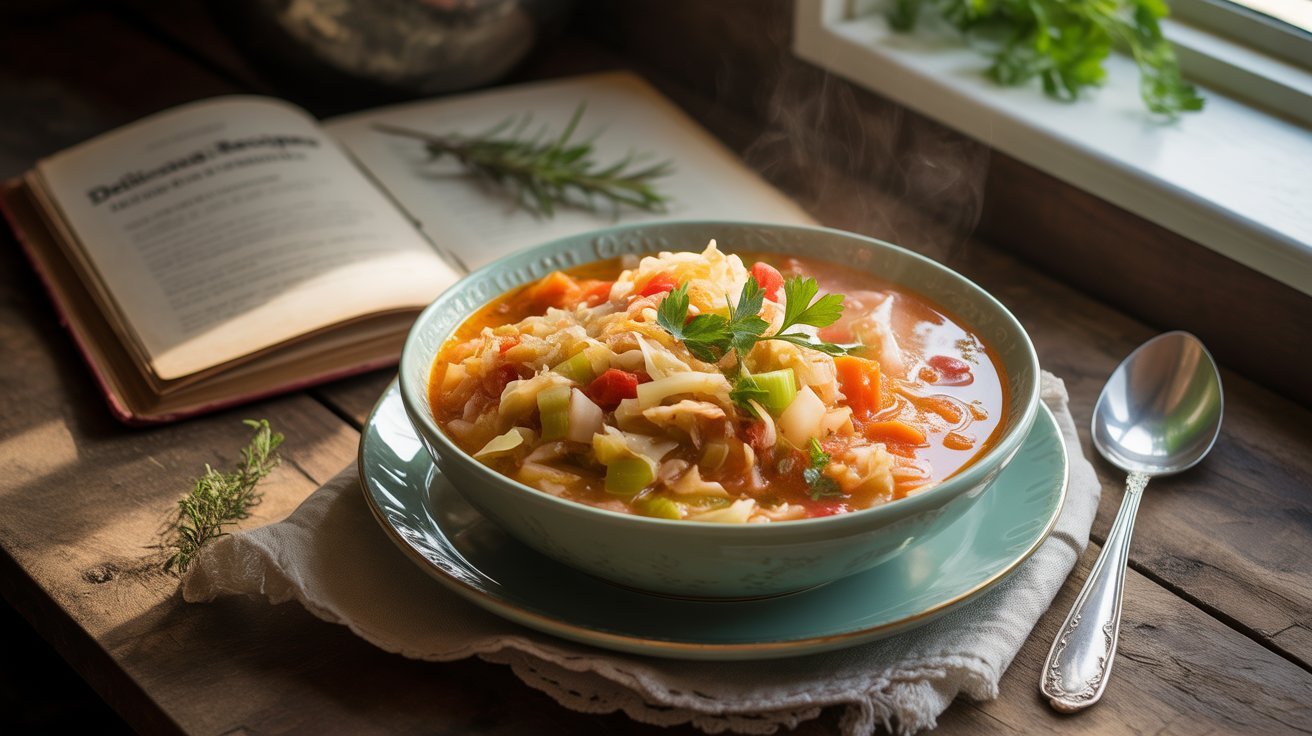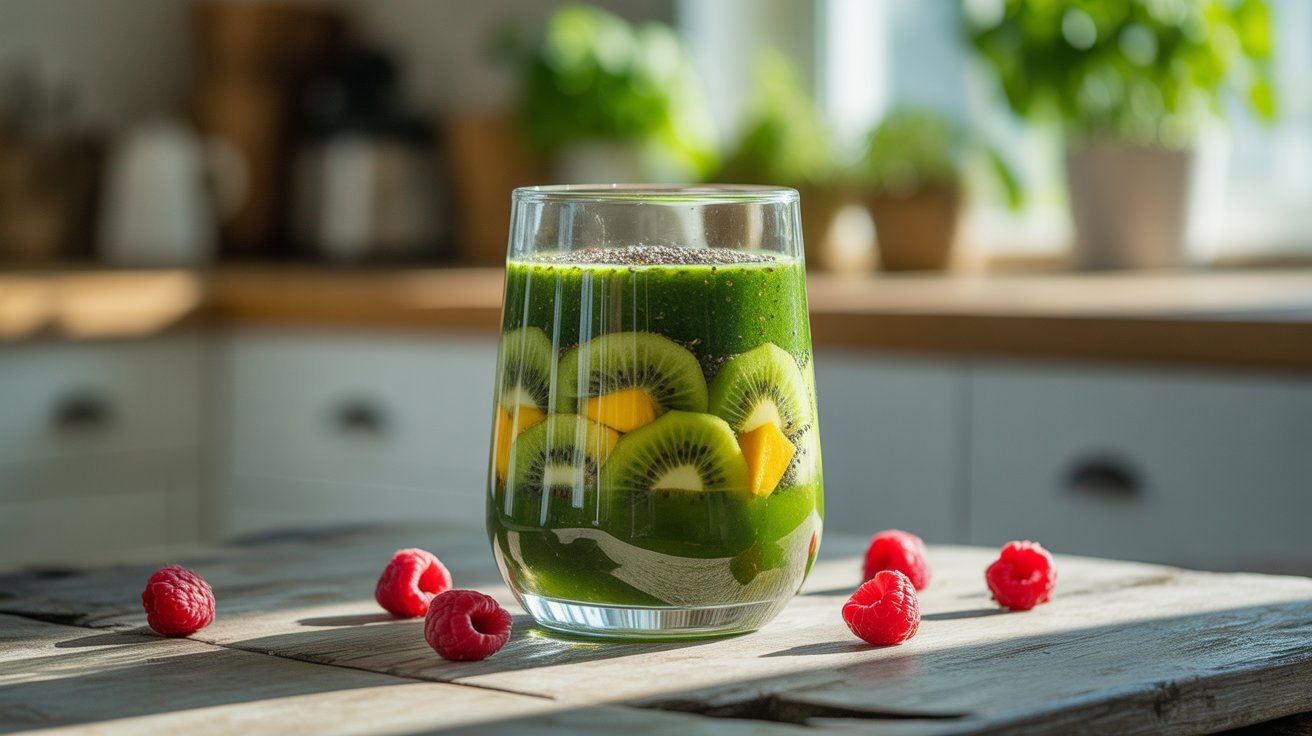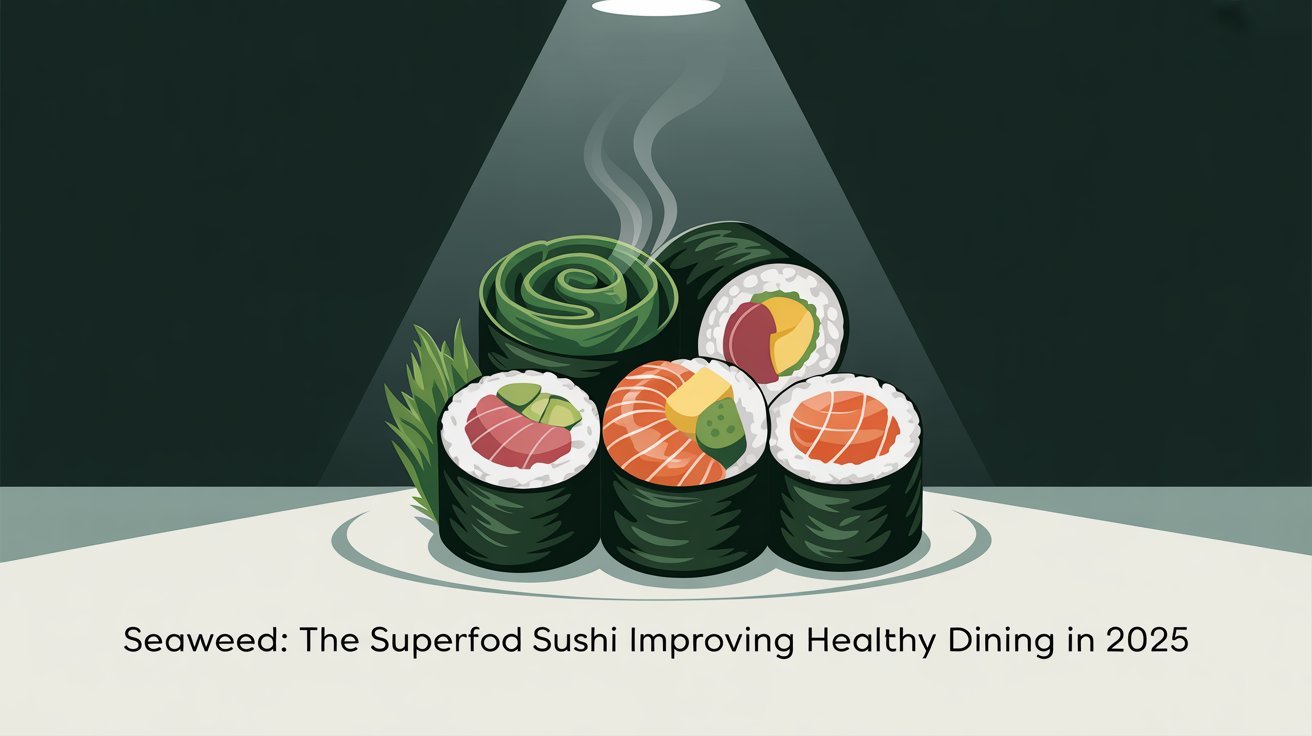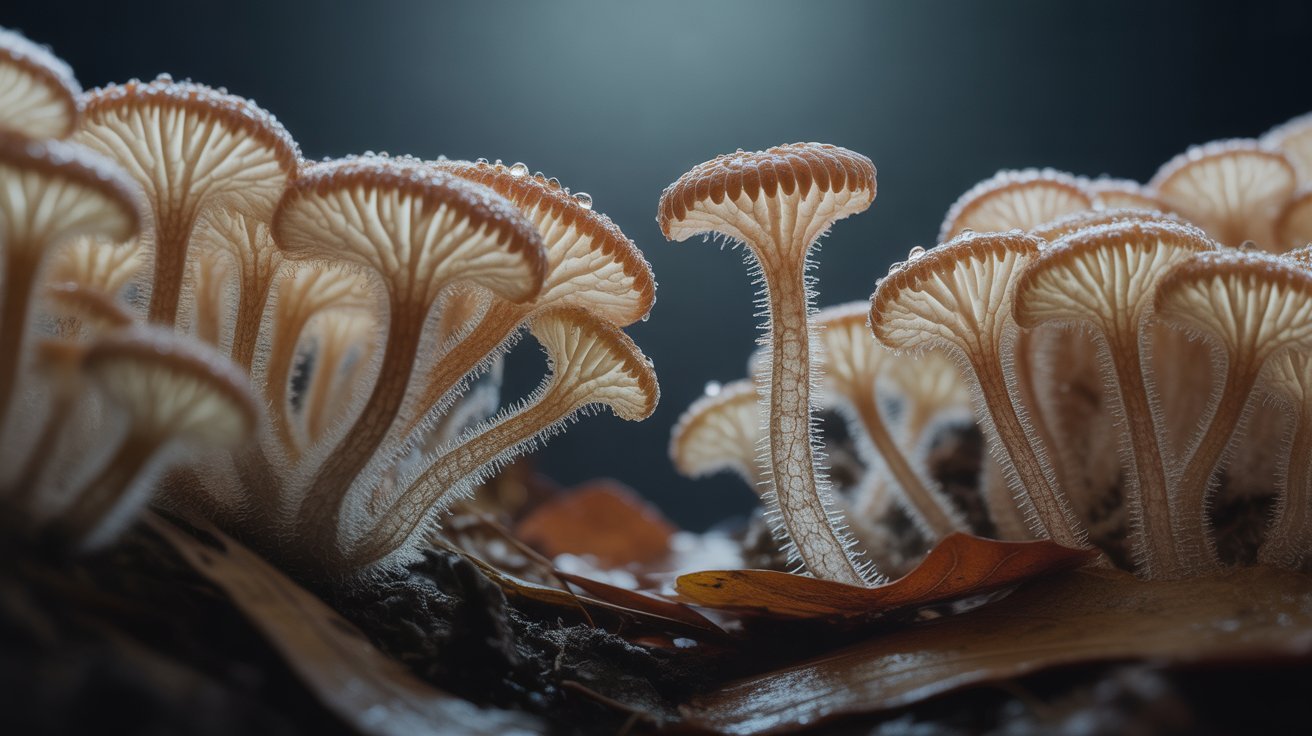Key Takeaways
Vegan Gluten Free Meals can be both nourishing and exciting when built around a Protein-Grain-Veggie Bowl: legumes or tofu + gluten-free grain + colorful vegetables + healthy fats.
Rotate meals with 2-week templates for breakfast, lunch, dinner, and snacks to ensure variety and nutritional balance.
Use flour swaps (rice, buckwheat, chickpea) and avoid cross-contamination with gluten. Provide soy-free and nut-free swaps.
Include protein-focus tips: combining beans, lentils, quinoa, seeds, nutritional yeast for complete amino profiles.
Embedded visuals (bowls, pantry layout, plating guides) aid meal prep clarity and inspiration.
Introduction
Living vegan gluten free meals doesn’t have to limit your options—it can unlock creativity, flavor, and nutrient-dense choices. While many sites offer recipe collections, few deliver balanced plates, weekly planning templates, protein strategies, and visual cues together. This guide marries practicality, nutrition, and visual design: from high-protein bowls to printable rotation templates, allergen substitutes, portion guides, and precise AI image prompts for inspiration.
1. Building Your Balanced Bowl Framework
A go-to formula for vegan gluten free meals:
- Protein: legumes (beans, lentils), tofu if soy-tolerant, quinoa, hemp seeds
- Grain/Starch: gluten-free grains like rice, quinoa, buckwheat, millet
- Veggies: colorful, varied—steamed, roasted, raw
- Healthy Fat: avocado, olive oil, tahini, seeds
- Flavor Enhancers: herbs, spices, citrus, nutritional yeast
Protein target: ensure ~15–20 g per meal by combining legumes with seeds/grains/nutritional yeast.
Tips: use chickpea flour or lentil batter for pancakes or fritters, swap soy-based protein if allergenic with hemp or pea protein.
2. Sample Recipes by Meal Category
Breakfast Vegan Gluten Free Meals
- Chickpea Flour Veggie Pancakes: chickpea flour, spinach, spices; serve with avocado slices and side of fruit.
- Overnight Quinoa Porridge: cooked quinoa soaked with almond or oat milk, chia seeds, berries, and maple.
- Sweet Potato & Black Bean Hash: roasted sweet potato cubes, black beans, bell peppers in olive oil with turmeric.
Lunch Bowls
- Rainbow Vegan Grain Bowl: brown rice, roasted chickpeas, kale, carrots, avocado, tahini-lemon drizzle
- Lentil-Mushroom Shepherd’s Pie (no crust): lentils, mushrooms, herbs, and mashed sweet potato topping.
- Mediterranean Quinoa Salad: quinoa, cucumber, cherry tomatoes, olives, parsley, chickpeas, olive oil dressing.
Dinner Ideas
- Red Lentil Curry with Cauliflower Rice: spiced lentil stew served over cauliflower rice or millet.
- Stuffed Bell Peppers: quinoa-lentil filling with tomato, spinach, spices, baked into pepper halves.
- Jackfruit & Sweet Potato Curry: shredded jackfruit, coconut milk, sweet potatoes, Indian spices, served over rice.

Snacks & Small Bites
- Energy Bliss Balls: dates, oats (GF), peanut or seed butter, cocoa, coconut.
- Roasted Cauliflower Bites with Tahini Drizzle
- Vegetable Hummus & Crudité Cups
- Breakfast Cookie Bars: baked oat-seed cookies starring almond butter and seeds. Rainbow Plant Life
3. Meal Planning Templates & Rotation Strategy
2-Week Rotation Schedule for vegan gluten free meals:
Design a flexible plan: assign breakfast, lunch, dinner, and two snacks per day, rotating recipes twice weekly. Include one new dish per week.
Pantry Setup & Batch Prep
Stock essentials: legumes, gluten-free grains, seed flours, nutritional yeast, canned tomatoes, spices, fresh produce. Prep grains and beans in batches, wash & chop vegetables ahead.
4. Allergy & Protein Strategy
- Soy-Alternatives: replace tofu/tempeh with lentils, jackfruit, peas, hemp or pea protein.
- Nut-Free Options: use sunflower seed butter, pumpkin seeds, tahini, or oat-based milks.
- Protein Completion: combine legumes with grains and seeds to ensure complete amino acids.
- Avoiding cross-contamination: keep separate cookware and utensils; label GF flours clearly.
5. Visual Portion & Plating Guide
Use the “bowl diagram”: ¼ protein, ¼ grain, ½ veggies + fat dressing drizzle.
6. Tips & Troubleshooting
- If energy dips: add extra legumes or seeds to increase sustainable calories.
- If cravings for bread/pasta arise: use chickpea or buckwheat noodles.
- Digestive sensitivity: rinse legumes well, gradually increase fiber, cook grains thoroughly.
- Budget tips: purchase dried legumes & seasonal produce; make large stews and freeze in portions.
Conclusion
This Vegan Gluten Free Meals guide goes beyond recipe lists: it equips you with balanced plate frameworks, protein strategies, meal rotation templates, allergen-safe guidance, and visual tools. Whether you’re just starting a vegan gluten-free diet or planning for the week ahead, this resource offers flavor, structure, and confidence in every meal.
